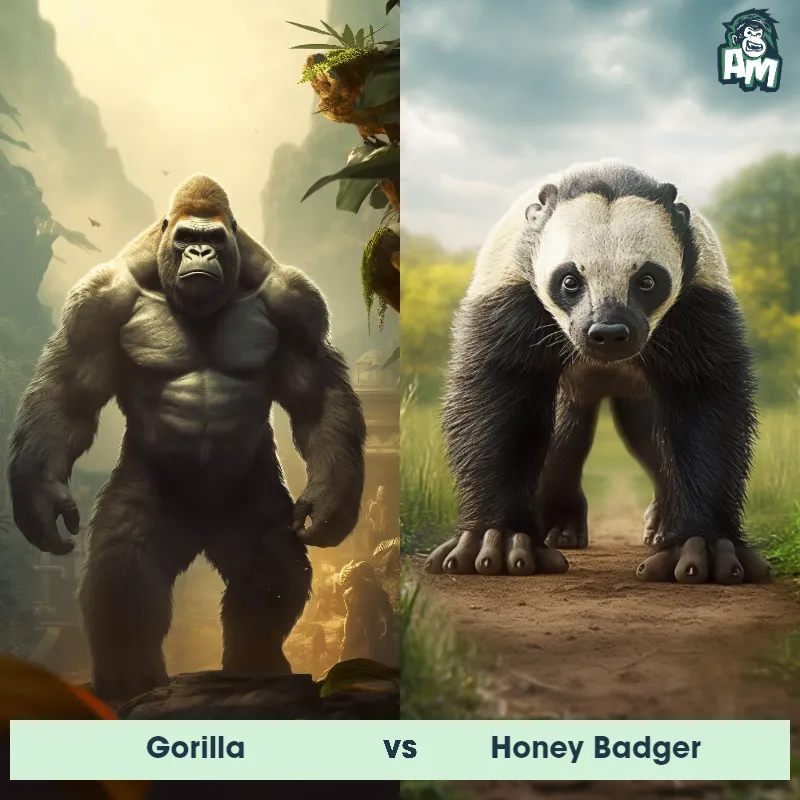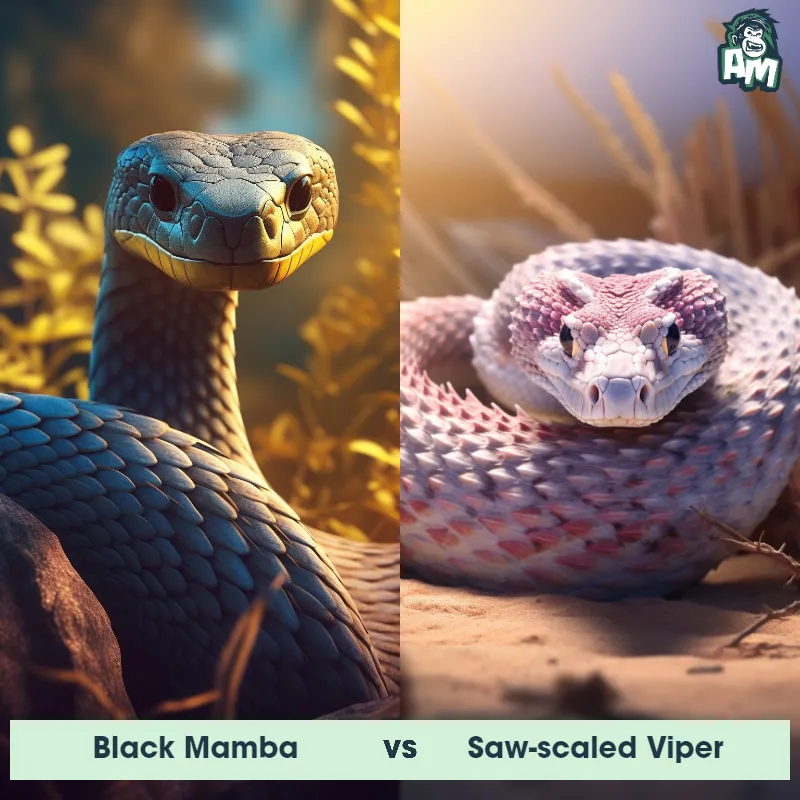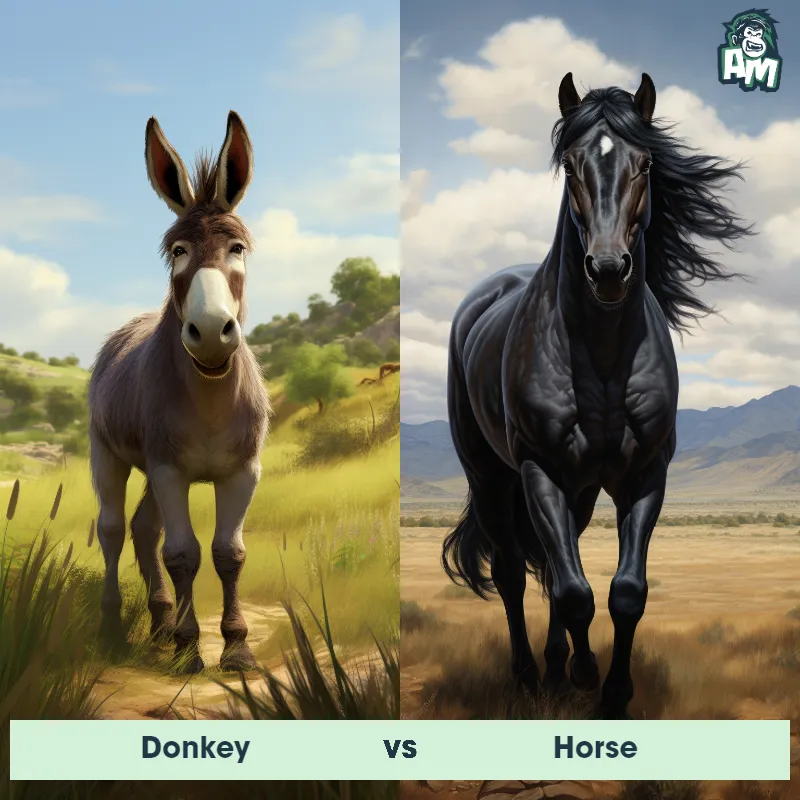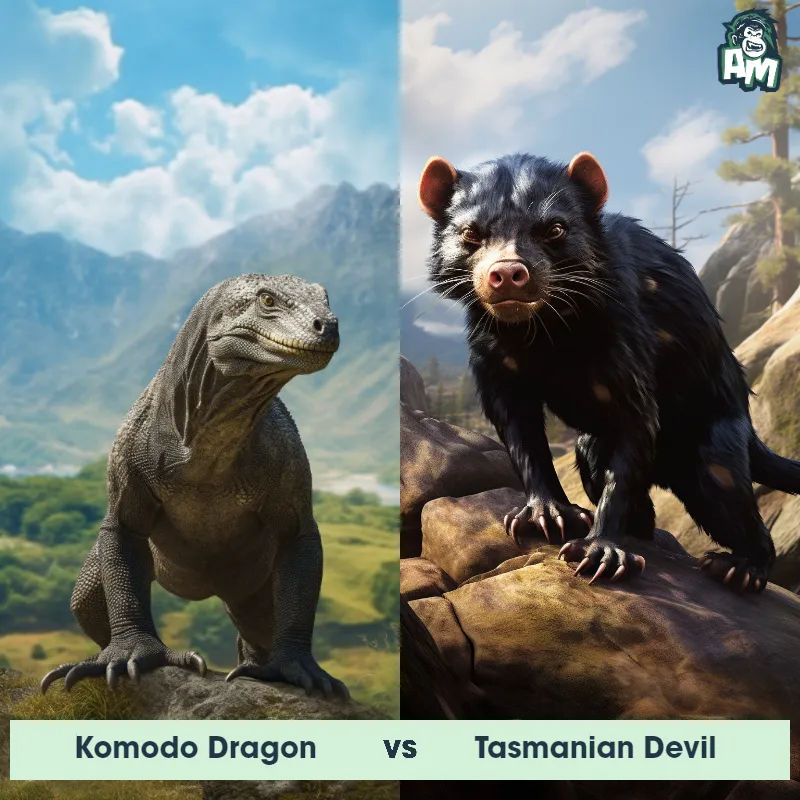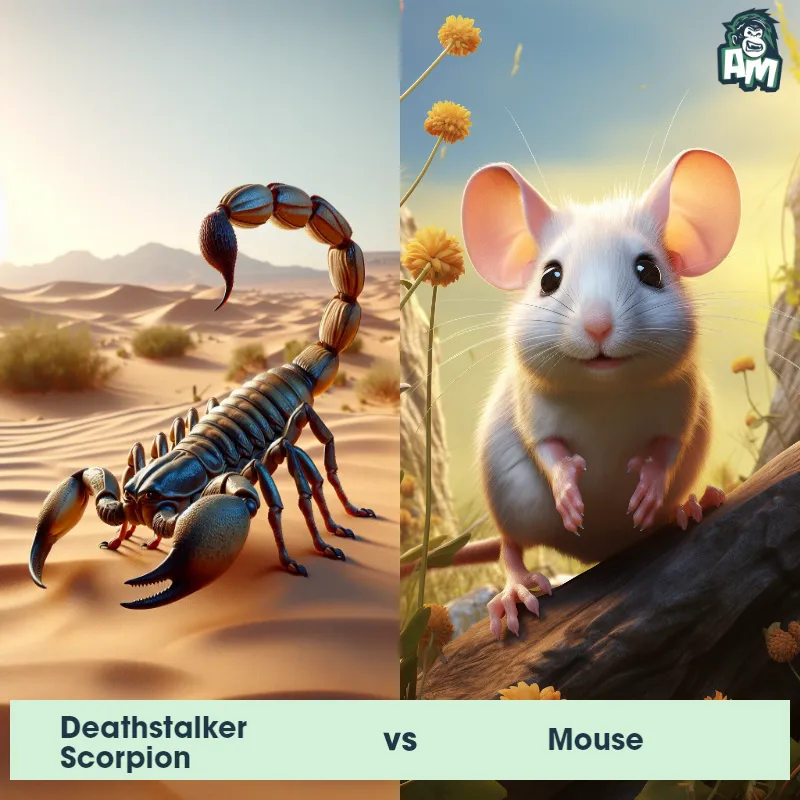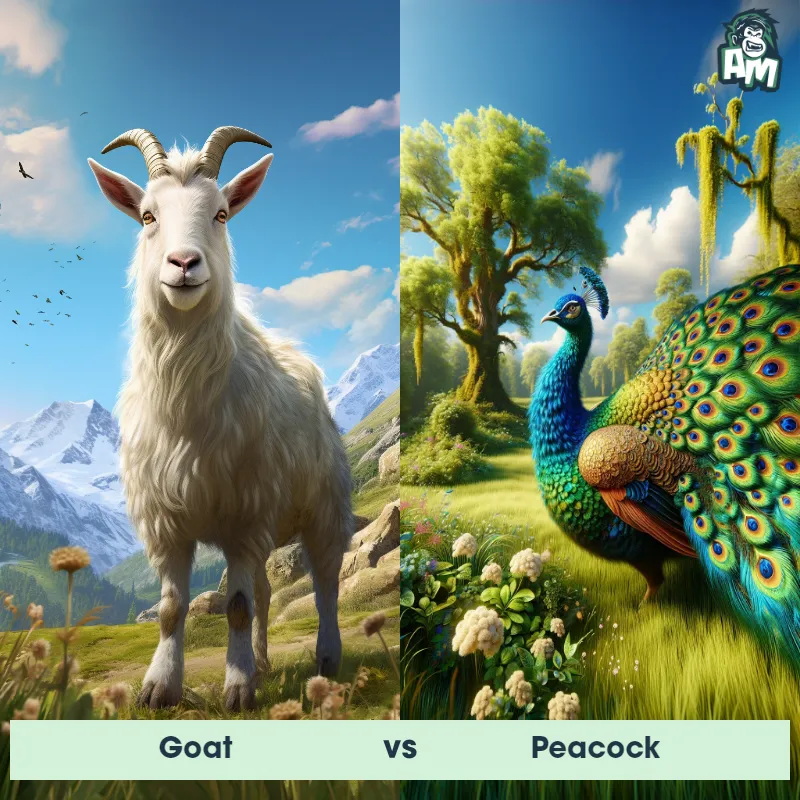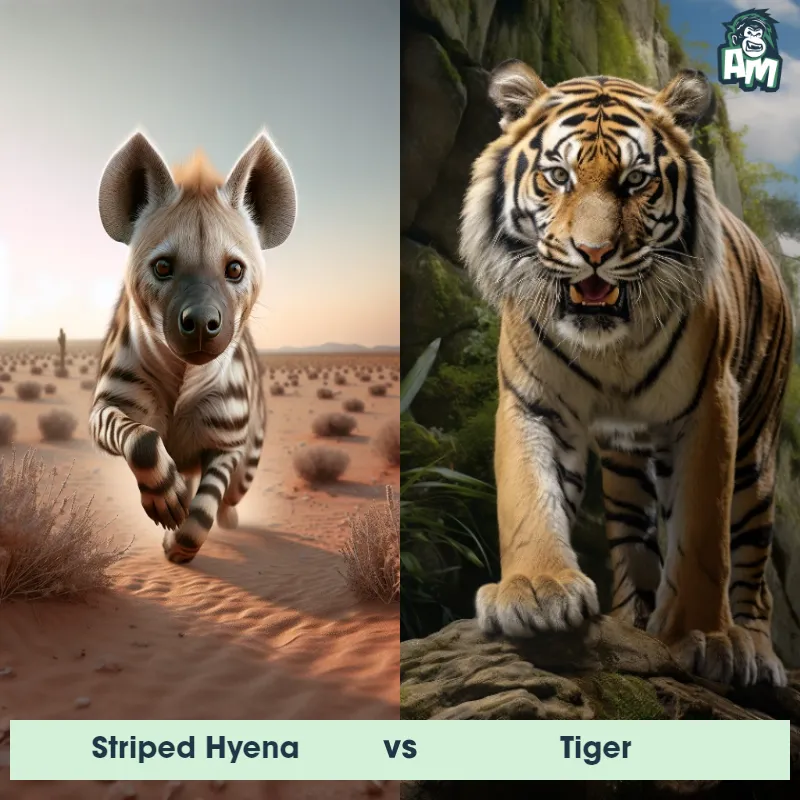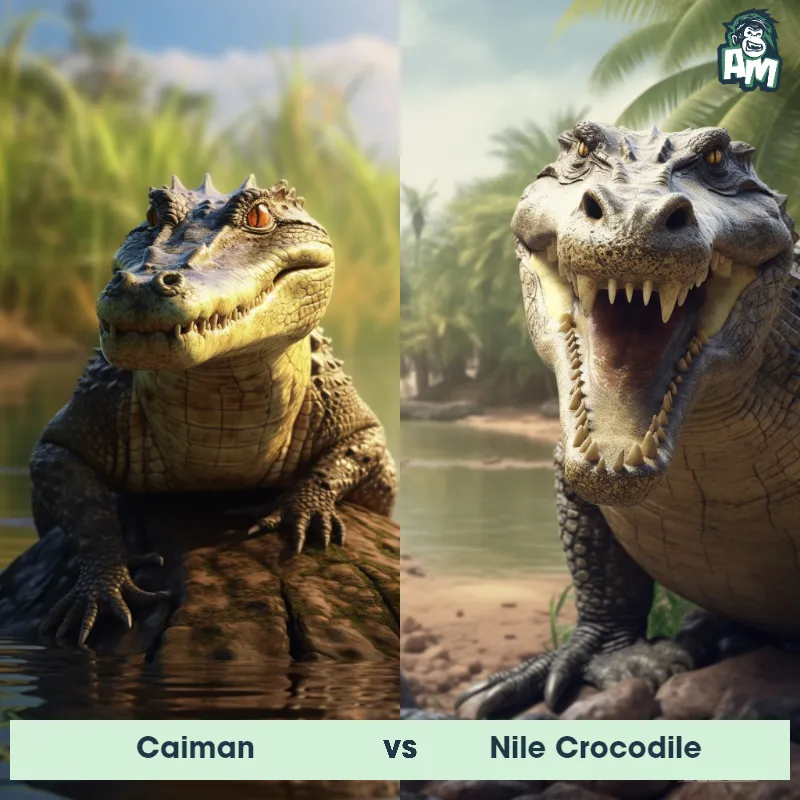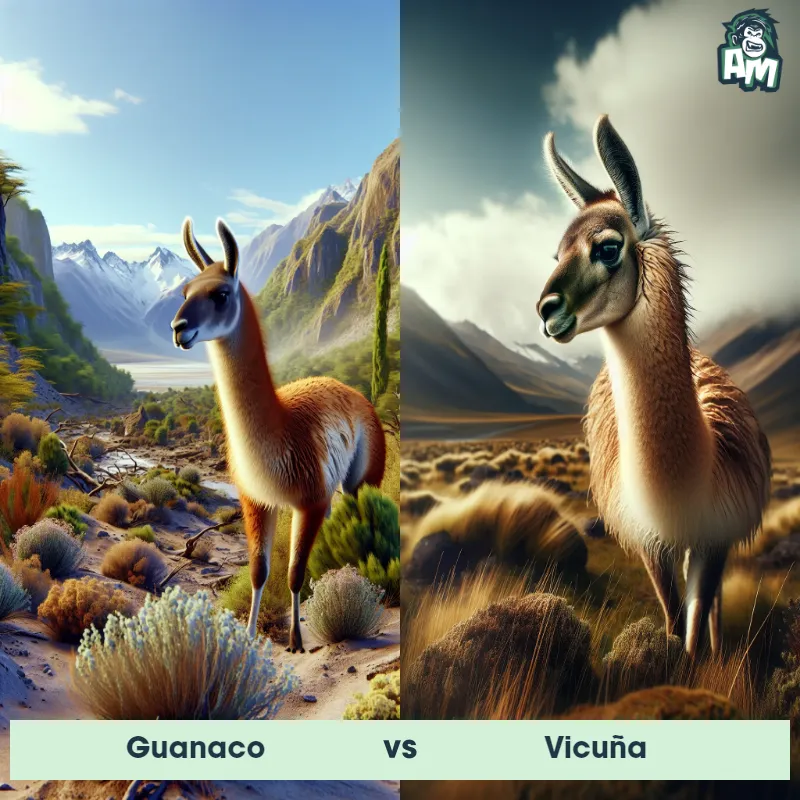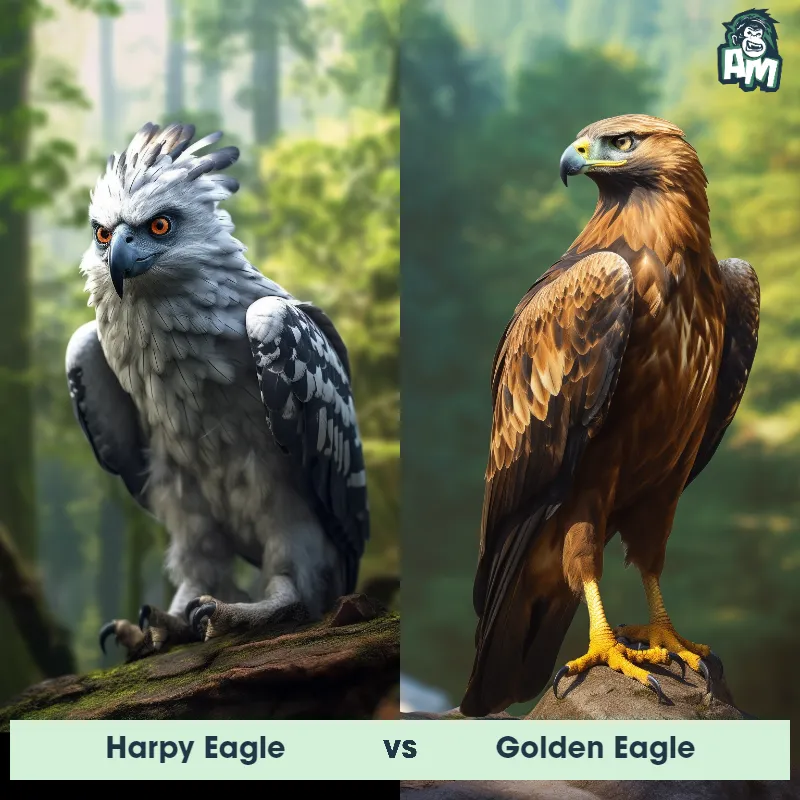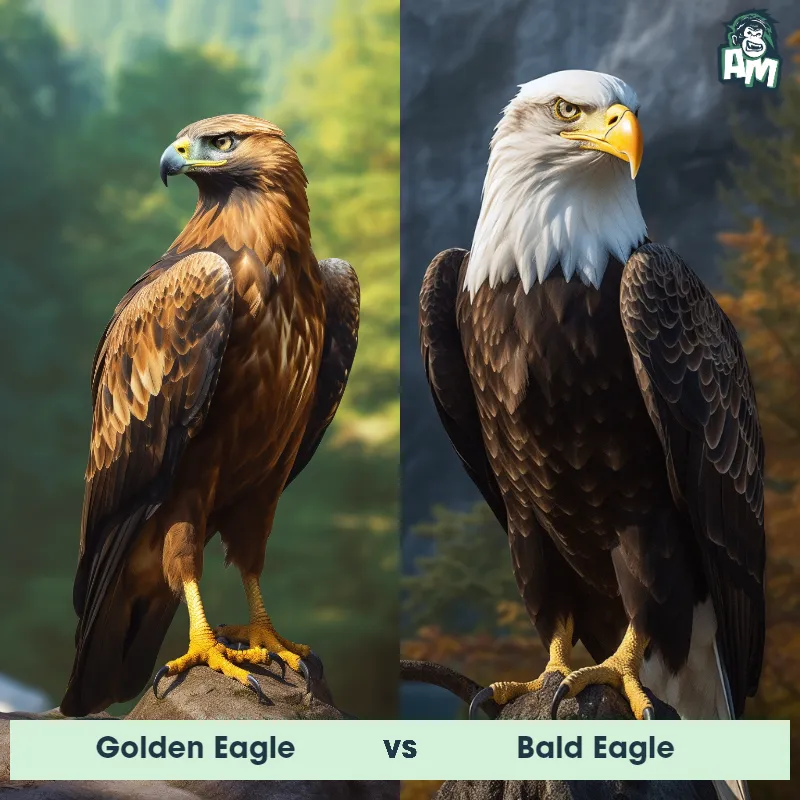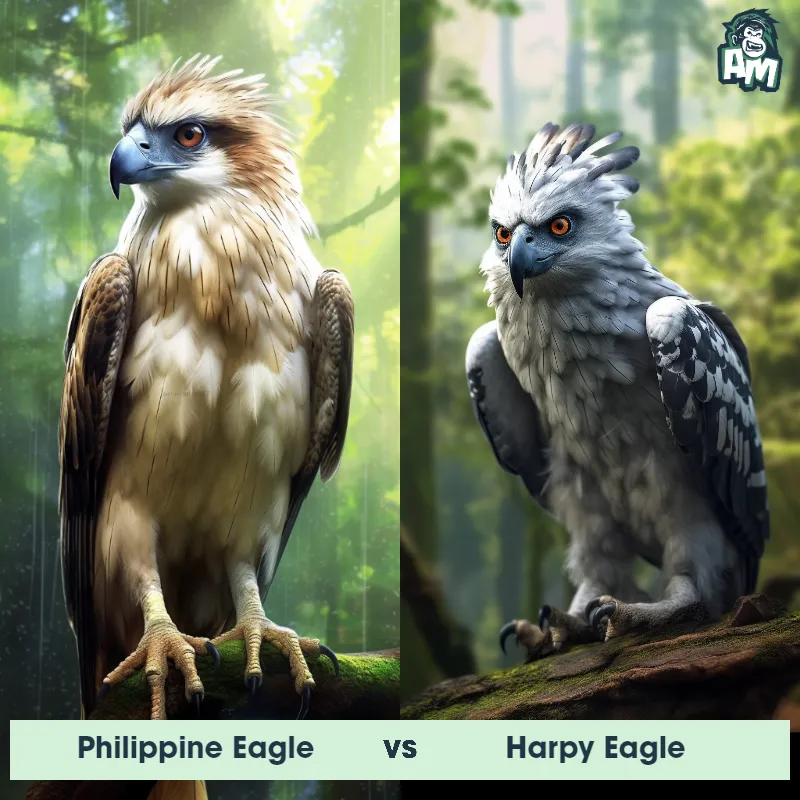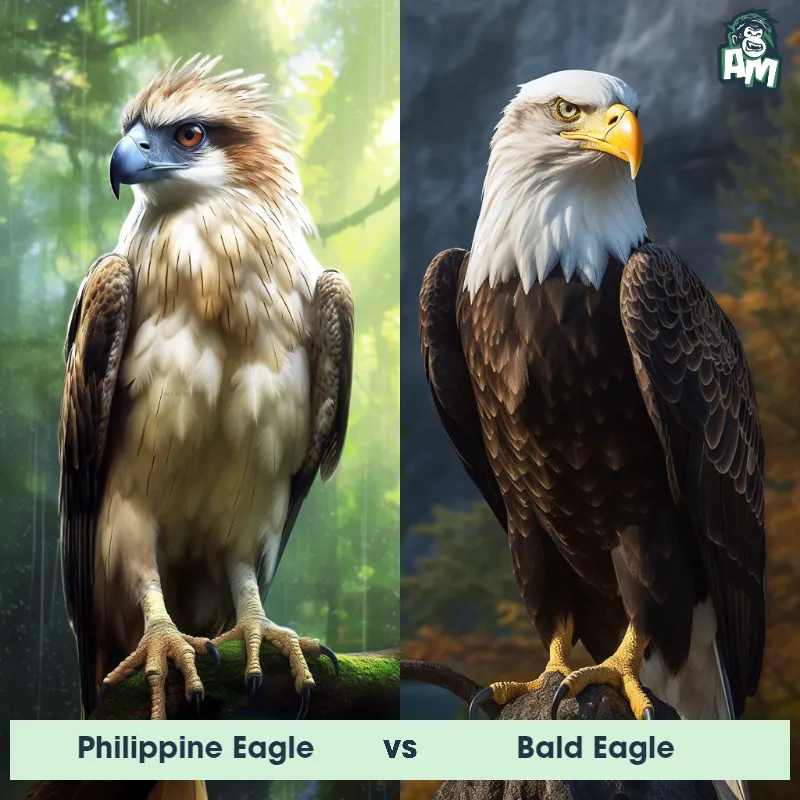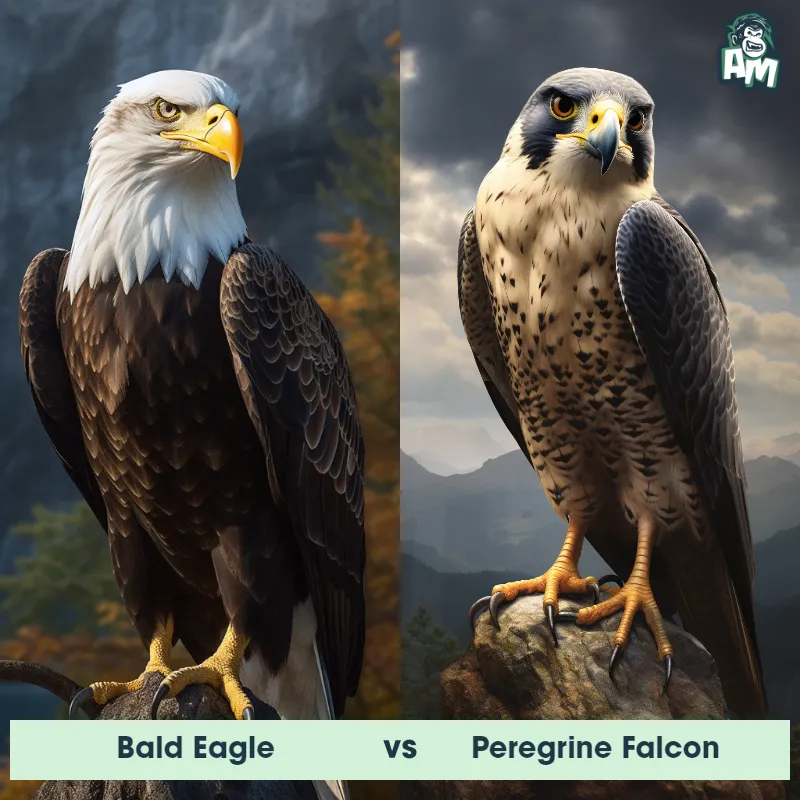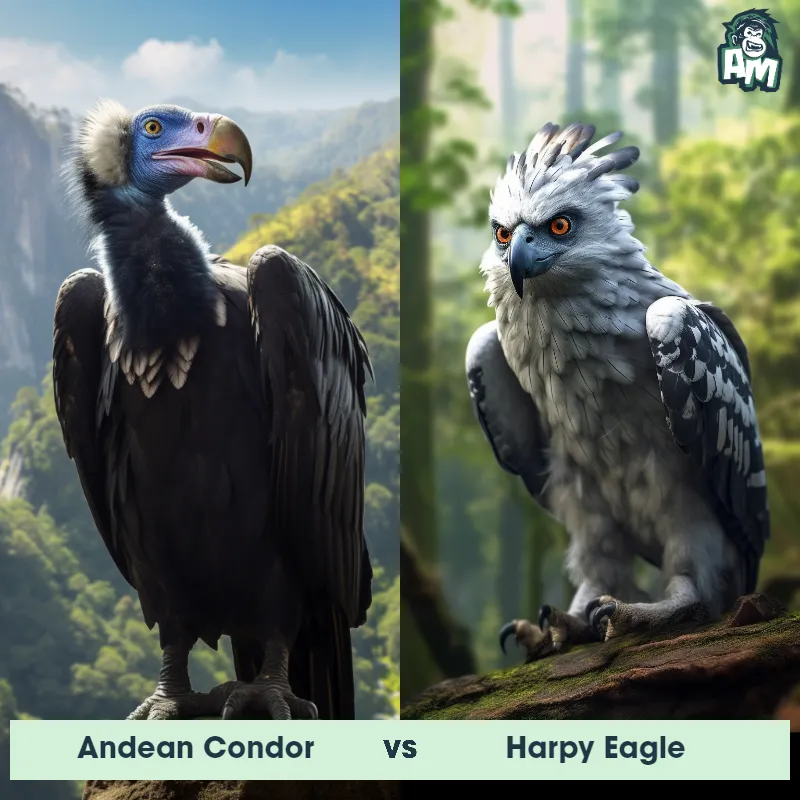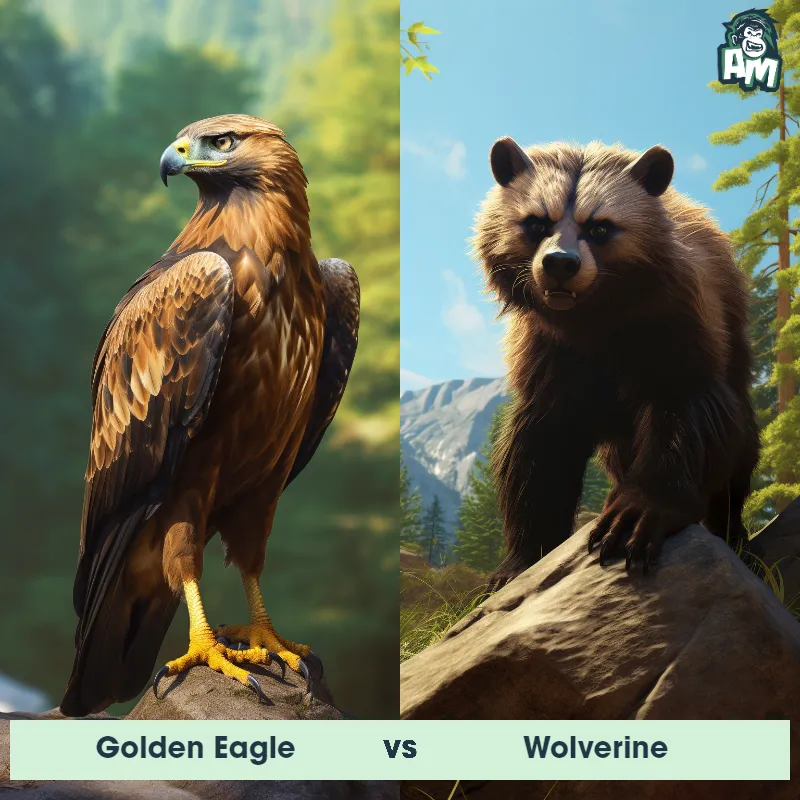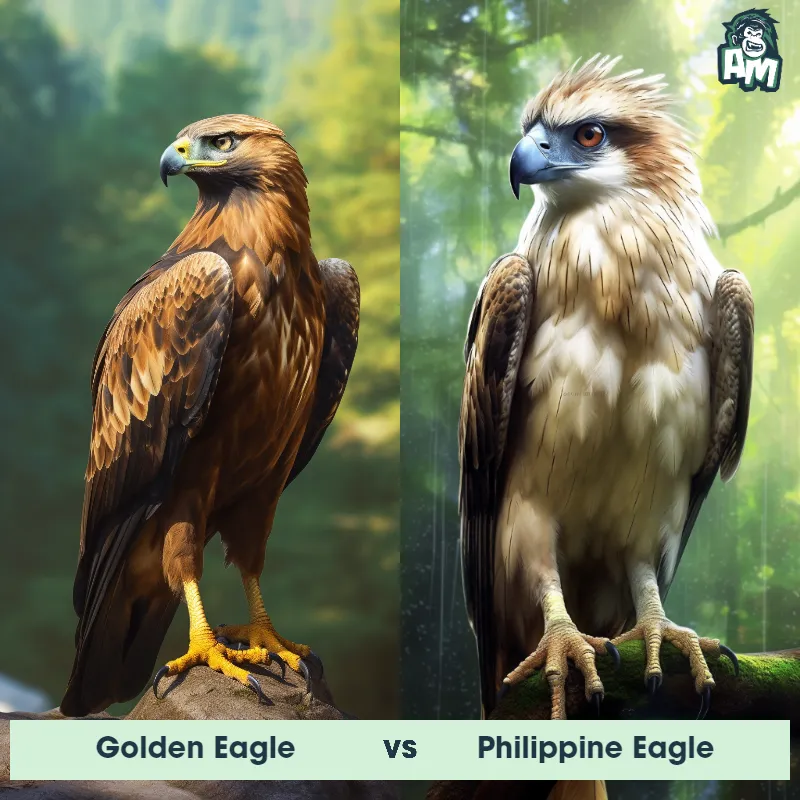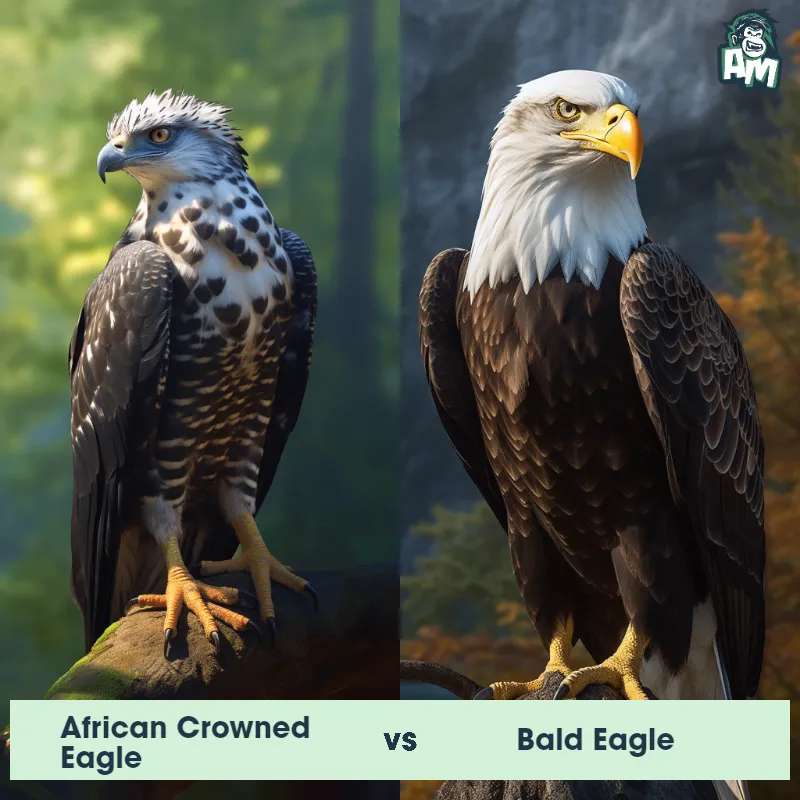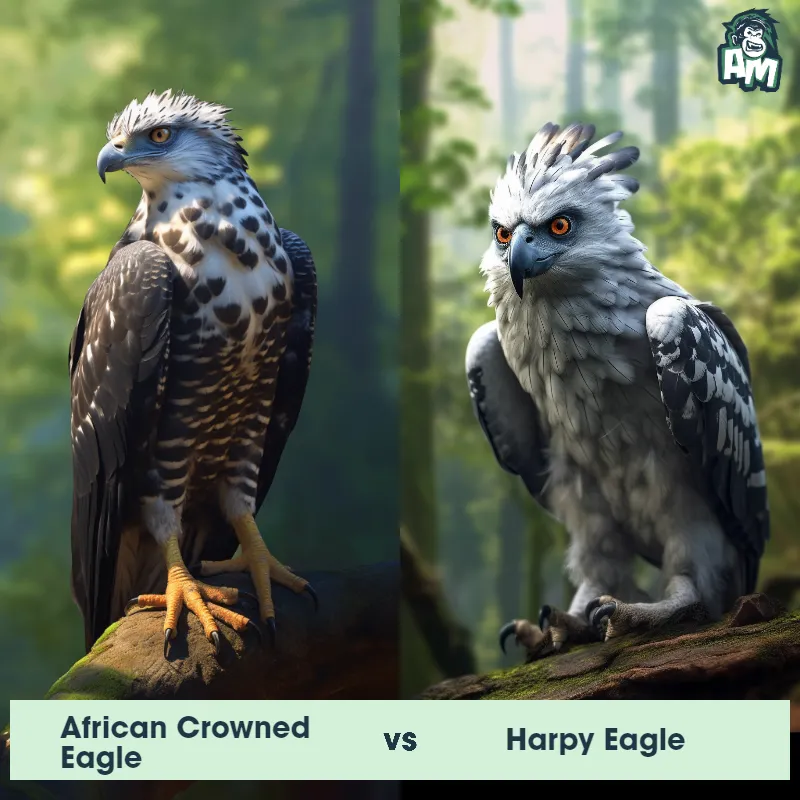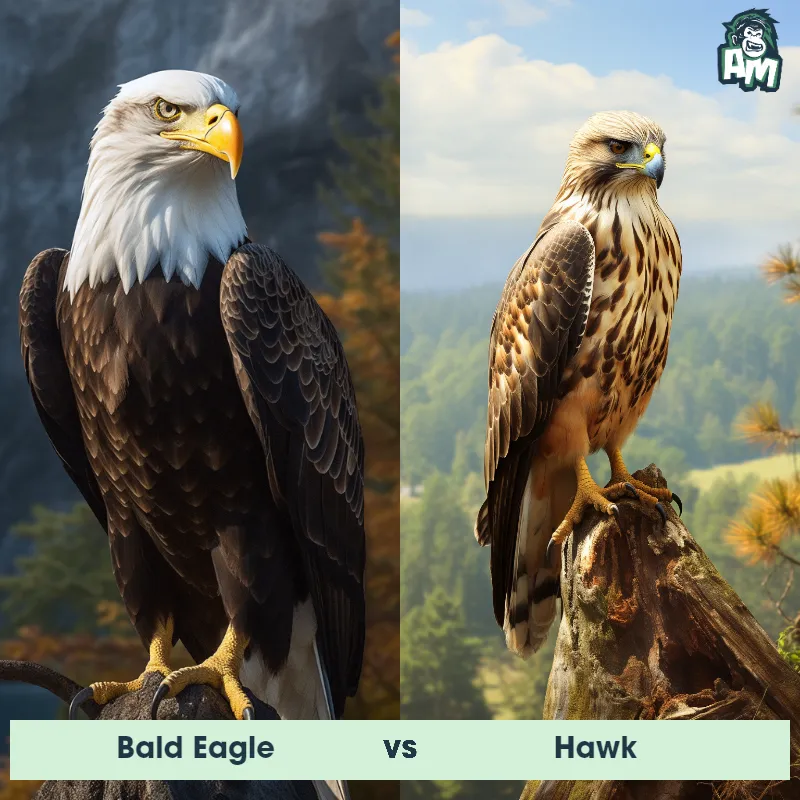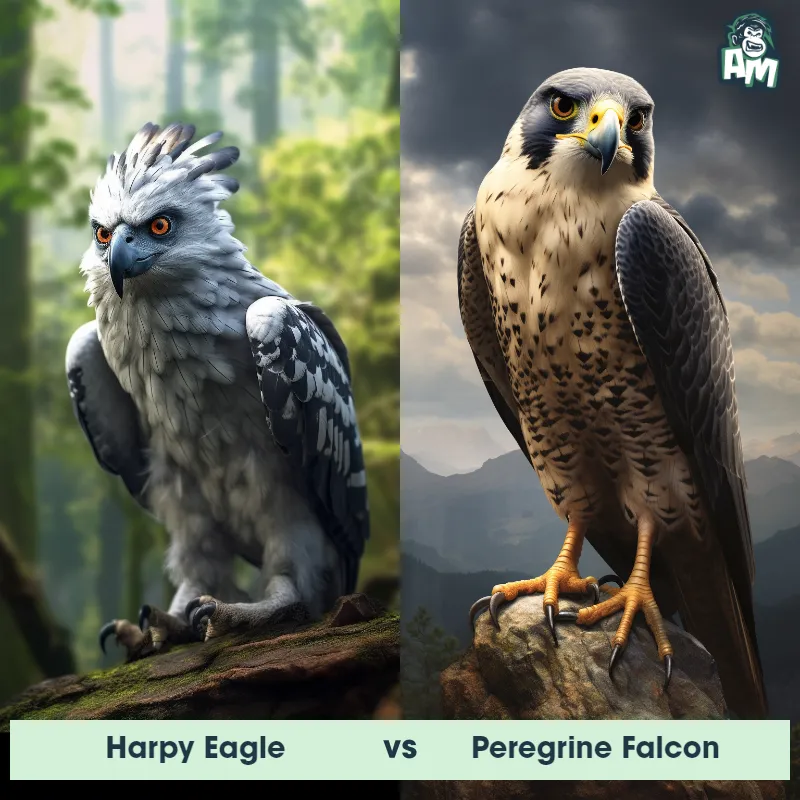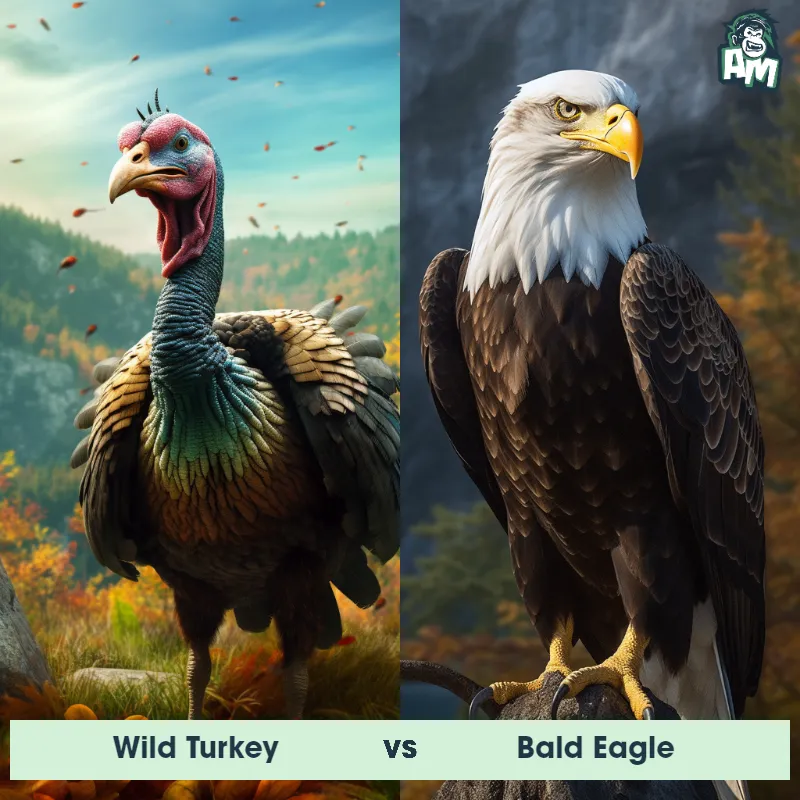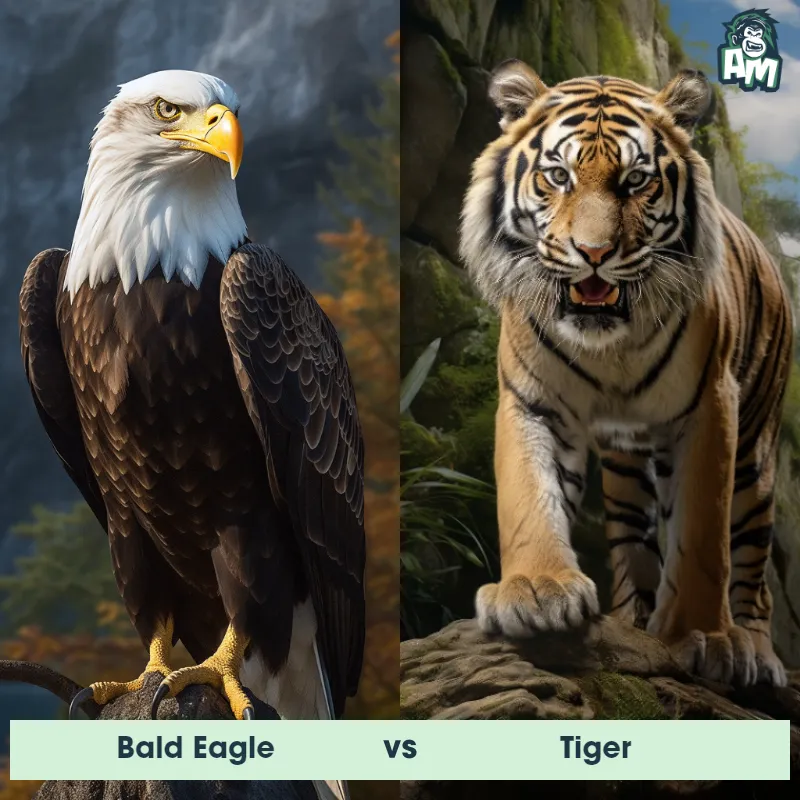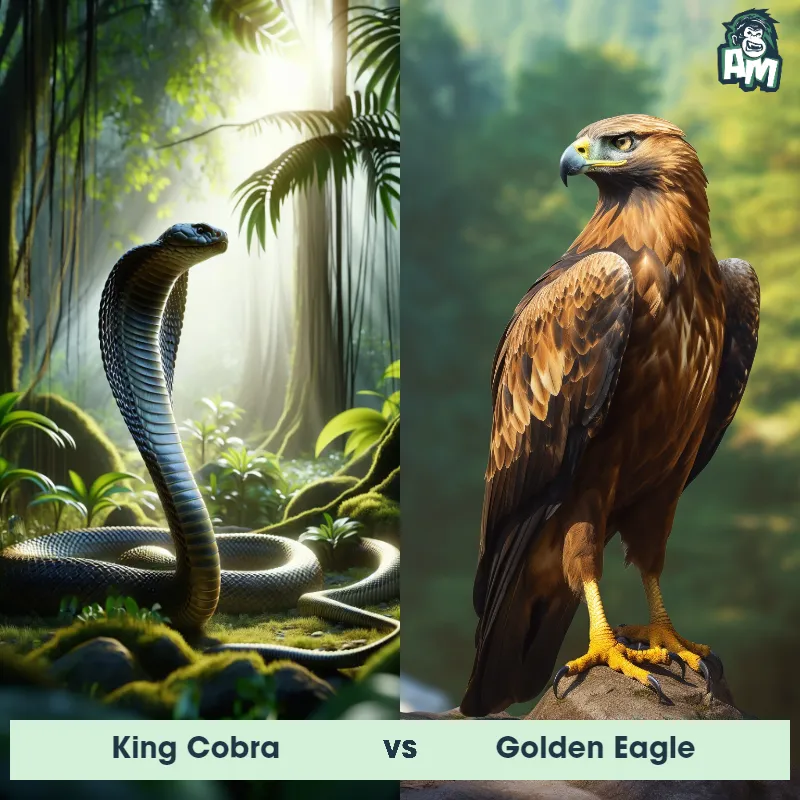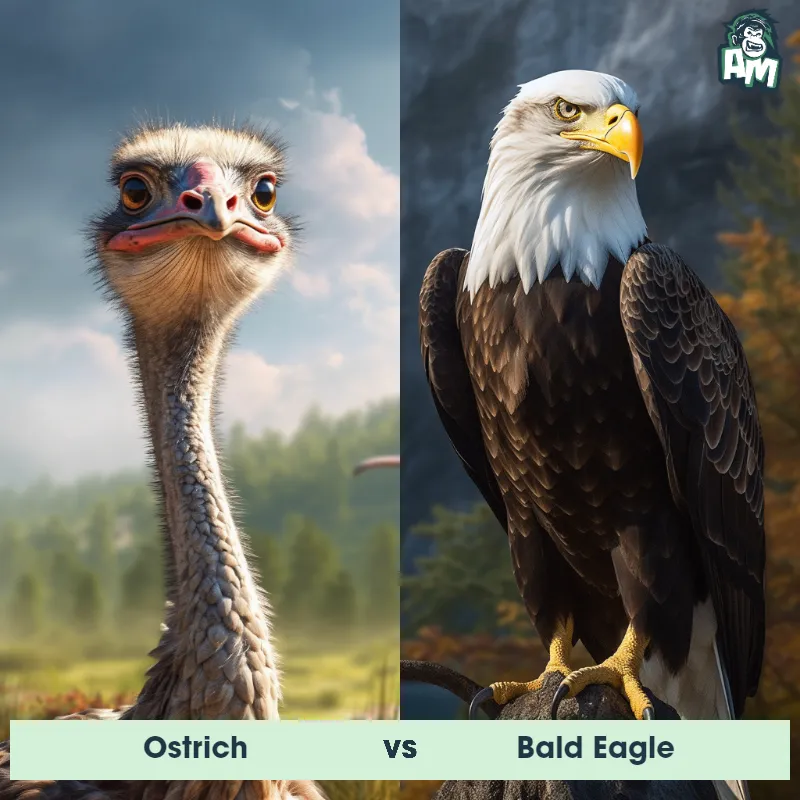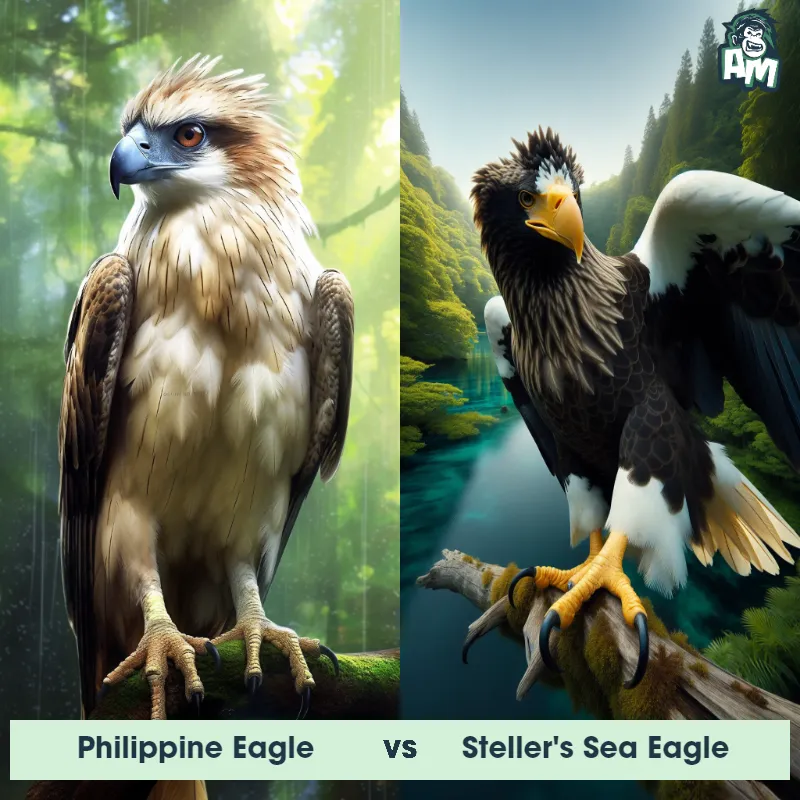Harpy Eagle vs Bald EagleSee Who Wins
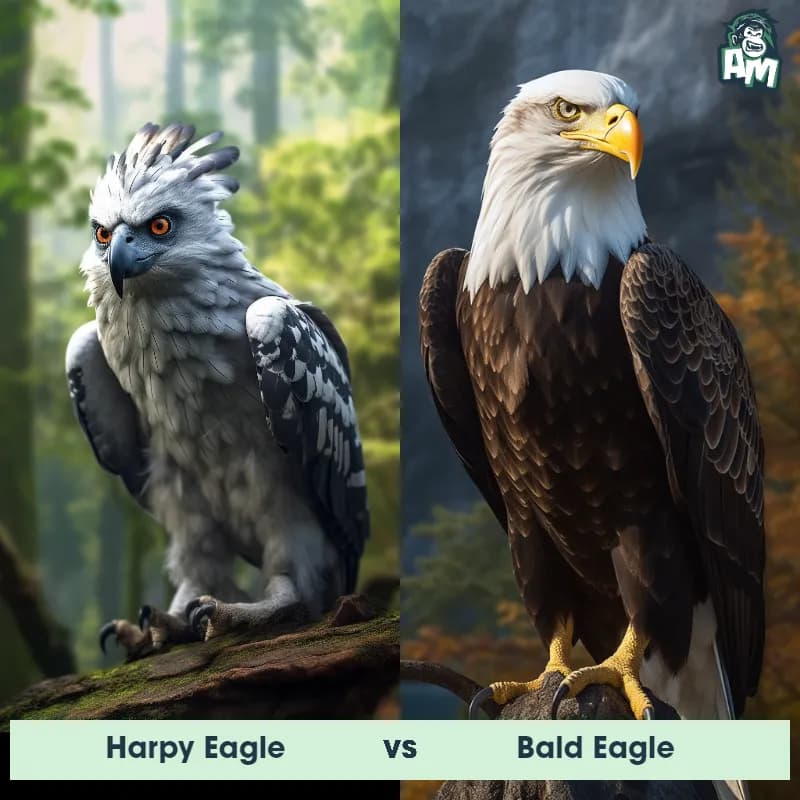
Ladies and gentlemen, prepare to witness a thrilling aerial battle between two of the most majestic and powerful birds of prey in the skies: the Harpy Eagle and the Bald Eagle. Over the course of three exhilarating rounds, these magnificent raptors will showcase their impressive agility, strength, and aerial prowess as they fight for supremacy. Let the battle commence!
Contender 1: Harpy Eagle
The Harpy Eagle, also known as the American Harpy Eagle, is a large bird of prey found in the tropical rainforests of Central and South America. It is one of the largest and most powerful eagles in the world, with a wingspan of up to 7 feet and weighing up to 20 pounds. The Harpy Eagle has a distinctive appearance, with a gray head, black and white feathers, and a powerful hooked beak.
Fun Fact: The Harpy Eagle is named after the harpies of Greek mythology, which were half-bird, half-human creatures known for their speed and strength.
Contender 2: Bald Eagle
The Bald Eagle, also known as the American Eagle, is a bird of prey found in North America. It is known for its white head and tail feathers, dark brown body, and sharp talons. Bald Eagles have a wingspan of up to 7 feet and can weigh up to 14 pounds. They are known for their impressive hunting skills and can dive at speeds of up to 100 miles per hour to catch their prey.
Fun Fact: Bald Eagles are known for their impressive eyesight, which is four times better than that of a human. They can spot their prey from up to two miles away!
Matchup Stats
| Harpy Eagle | Bald Eagle | |
|---|---|---|
| Size | Up to 3.5 feet (106.7 cm) tall | Up to 3 feet (91 cm) in height and 7 feet (213 cm) in wingspan. Metric: Up to 91 cm in height and 213 cm in wingspan |
| Weight | Up to 20 pounds (9.1 kg) | Up to 14 pounds (6.4 kg). Metric: Up to 6.4 kg |
| Speed | Speed: 50 mph (80 km/hr) | Speed: 120 mph (193 km/hr) |
| Key Strength | Powerful hooked beak | Sharp talons and powerful beak |
| Biggest Weakness | None | Vulnerable to larger predators such as bears and cougars |
Current Votes
Harpy Eagle vs Bald Eagle
See Who Wins
View More Matches
Looking For More?
Similar Matches
Scientific Stats
| Harpy Eagle | Bald Eagle | |
|---|---|---|
| Scientific Name | Harpia harpyja | Haliaeetus leucocephalus |
| Family | Accipitridae | Accipitridae |
| Habitat | Tropical rainforests | Near water bodies such as lakes, rivers, and coasts |
| Geography | Central and South America | North America |
| Diet | Monkeys, sloths, and other small mammals | Fish, small mammals, and birds |
| Lifespan | 25 years - 35 years | 20 years - 30 years |
Key Differences between Harpy Eagle and Bald Eagle
- Head: The Harpy Eagle has a larger head and a more prominent crest than the Bald Eagle.
- Size: The Harpy Eagle is larger than the Bald Eagle, with a wingspan of up to 7 feet compared to the Bald Eagle's wingspan of up to 6.5 feet.
- Coloration: The Harpy Eagle has a predominantly gray body with black wings and a white belly, while the Bald Eagle has a brown body with a white head and tail and dark wings.
- Legs: The Harpy Eagle has thicker legs and larger talons than the Bald Eagle.
- Beak: The Harpy Eagle has a larger, more curved beak than the Bald Eagle.



